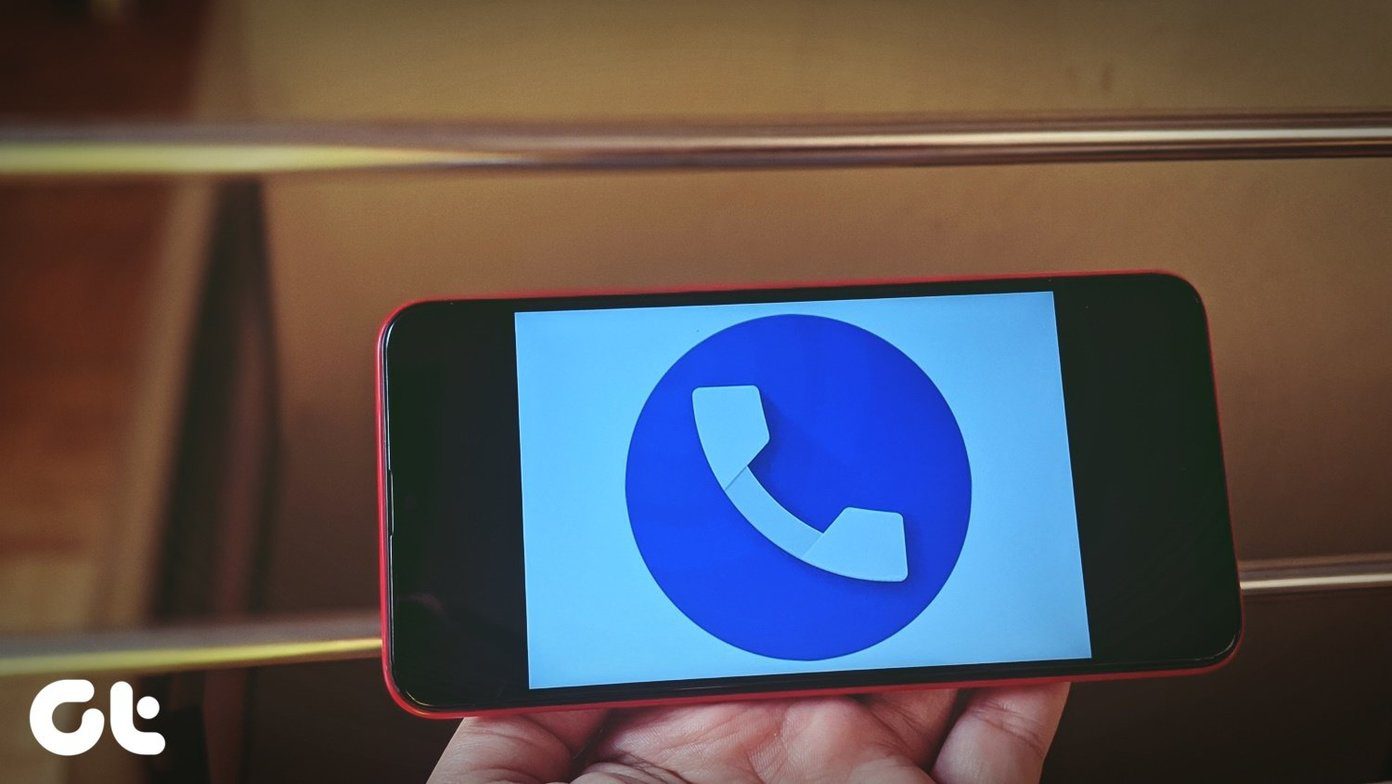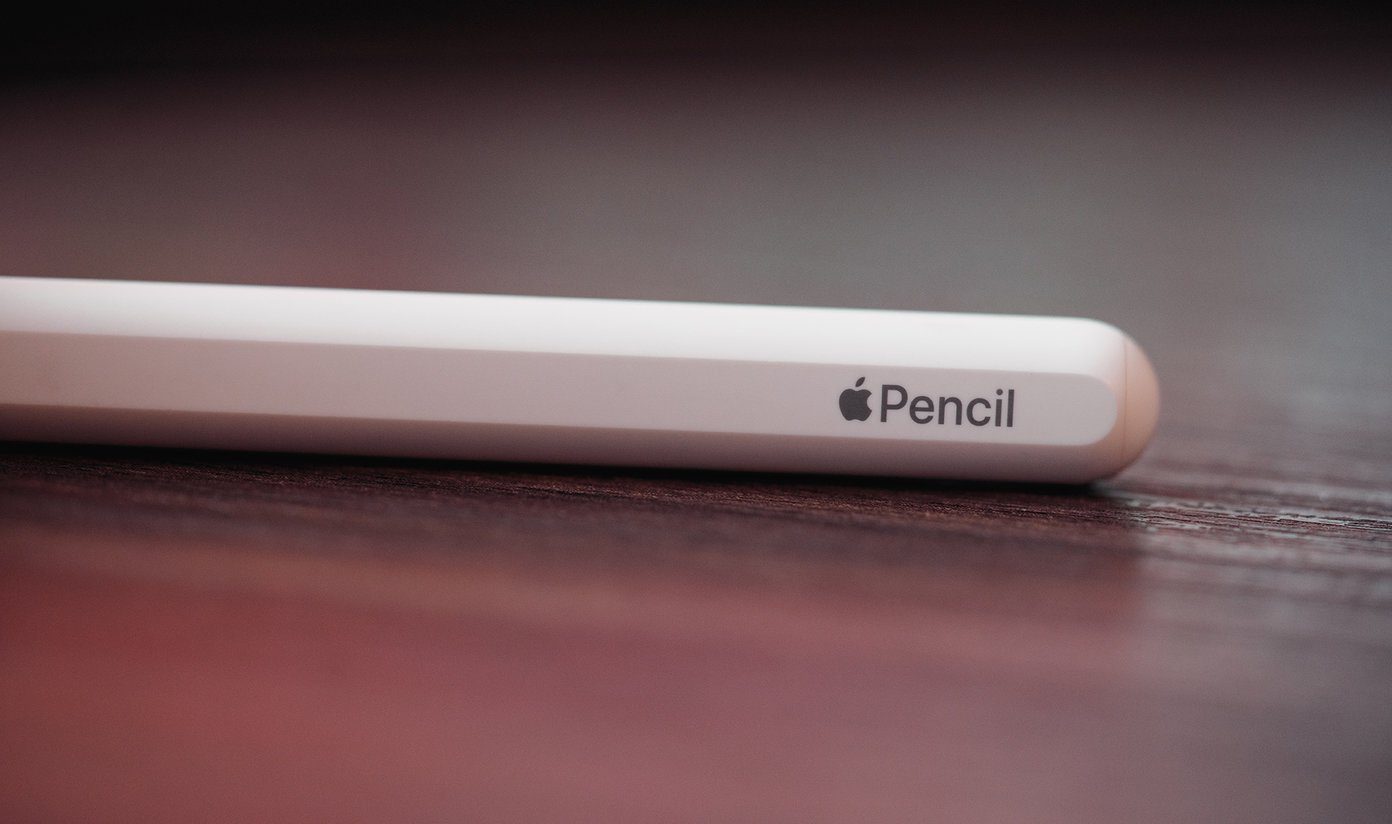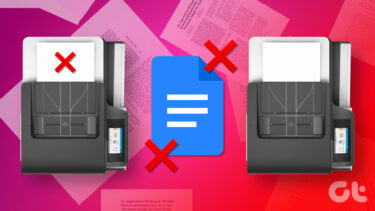Judge the Ambient Light Correctly
Ambient light is the natural, surrounding light of the area that you’re photographing. It’s the kind of light that you cannot control, like the Sun or illumination from tube lights in a room. At times, this light is more than sufficient to take any kind of photograph, like if it’s a bright sunny day outside. At times it is too bleak, like in a dimly lit club room. You can use flash in both scenarios (yes, even in bright outdoors), but the key is to know when. It doesn’t matter if you use an iPhone or an Android phone, judging the light is key to really understanding how flash can (and should) be used. Even though it might take a few trial and error sessions for you to get things right, here are some basics to always keep in mind.
Camera Lenses Are Not Your Eyes
This is easy to understand, right? How you see things will be quite different from what a lens in any smartphone will capture. Naturally, some cameras have better lenses than others, but if you’ve been using your smartphone for a while, you know what kind of images it can normally produce.
Flash Light is Harsh Light
In any case, remember that the flash will fall on the subject that your lens is focusing on. This will be a harsh source of light, which will also cast shadows in the background. Sometimes, the effects of shadows are minimal, but most times they just take the charm away from a photograph. Take the photos below, for example. Not only has the harsh flash light introduced shadows that I could have done without, it has also darkened the background as well as the statue on the right. I have highlighted the area of the picture that is just not visible in the image where flash was enabled/forced.
Use Flash to Fill the Shadows
There are 2 very important facets of photography that are often neglected by users who are not well-versed with photography. These are the concepts of shadows and highlights. If you’ve used Instagram at all in the recent past, you will have some idea of what these terms stand for in relation to photography. Simply stated, the bright areas of the photograph are highlights and the dark areas are the shadows. If we refer to my photos again, posted above, there are distinct areas in which you will notice highlights and shadows. Notice the ridge in the wall behind the vases and you will notice that the image taken without a flash has too dark a shadow area there, but the image taken with flash has actually highlighted the area and illuminated it. If you see too many such areas when you are framing a photograph, it makes sense to use the flash.
Glass & Mirrors Do Not Play Nice
Light reflects. So, whenever you see a mirror or glass, it would make sense to rely on the ambient light to take photos. Else you’ll be left with a glaring reflection of a bright flash which might end up ruining a good photo, like the one below. In this case, because of the reflection, the photo looks like it has too much lighting on the right side of the image with hardly any on the left. The reflected flash also creates an obnoxious focal point at an arbitrary location in the image.
Shadows on a Sunny Day
Using the same understanding from above, you can imagine a sunny day casting a shadow on your subject’s face if he is wearing a hat. To overcome this, a flash can be effectively used by ensuring that the harsh beam of the light is concentrated on the very spot where the shadow is being cast. Since the sunny ambient light will anyways be brighter than the flash’s light, it will in no way interfere with the background and everything will be well illuminated.
Everything is Relative
If ambient light is the first part of understanding flash usage in photography, then the relative distance of the object and its surrounding is the second part. This is a bit more complex and will involve more trial and error on your part to fully grasp, but these pointers should help.
Distance Matters
The further you are from the subject, the further you are from the background. Confused? Don’t be. Imagine a show piece that you like and want to capture with surroundings that are too dark. You fire up the flash on your smartphone so that the object is clearly visible. But before you click, observe the position of the object. How far is the wall behind it? Will your flash cast a large shadow if you photograph it from afar? How close will be too close? These are the basic questions that need to be answered and yes, always keep in mind that the use of flash will leave a shadow behind. It’s best not have a wall relatively close to the subject, but if you cannot move the object, it would be best if you could move to a position from where the shadow becomes a minimal hassle. In this image I took, the wall was fairly close to the object and you can still see a shadow being cast on it, although I was pretty close. If it can be helped, you can always change your angle and take the image from a higher angle, so that the flash is falling down on the subject. This will at least eliminate the shadow of the fruit basket, albeit not the rest. Love Mobile Photography? Check out our article on the best blogs for the same.
Shots Fired!
Practice makes man perfect. And this couldn’t be truer than in the case of photography and every little aspect involved with it. These tips will go a long away in getting your basics right about what should and should not be done with flash when used on a smartphone, but it’s only the beginning. Let us know in the comments if you’d like a more in-depth look at this topic (or anything similar), and we’ll hop right to it. The above article may contain affiliate links which help support Guiding Tech. However, it does not affect our editorial integrity. The content remains unbiased and authentic.













